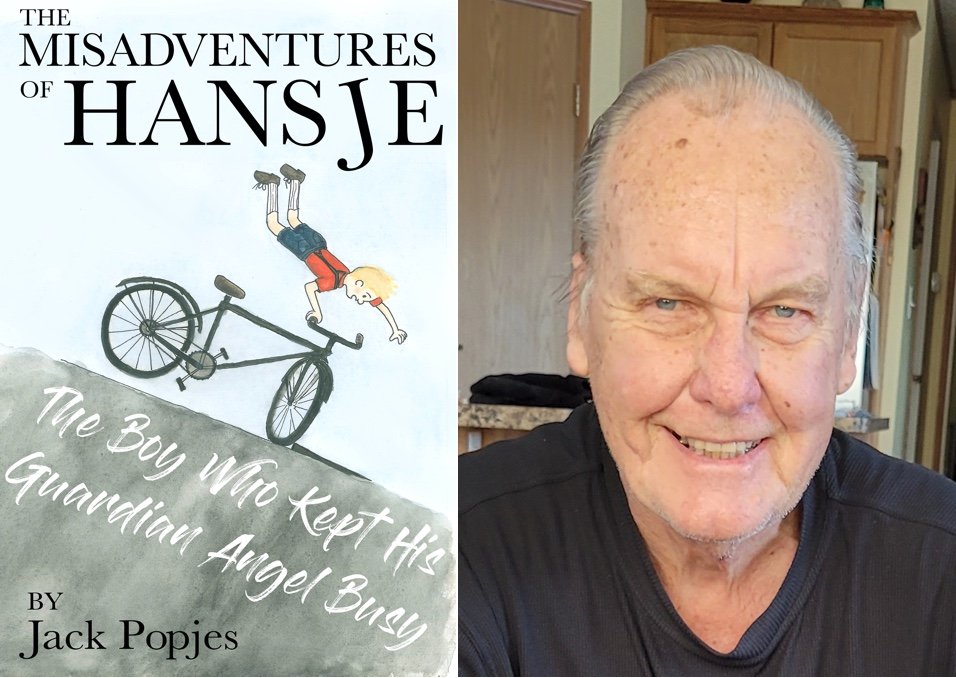Make Room for Illustrations
by Stella Denommee
Let me tell you what I learned about how illustrations change the writing process.
The Humber College Lakeshore Campus is nestled in beautiful gardens and hemmed by the pristine shoreline of Lake Ontario. Such a perfect escape after a supercharged “day at school”.
I attended an intensive six day workshop designed for authors and illustrators who create books for young readers. About 40 participants were mentored by six multiple award -winning instructors who emptied themselves for their students.
This industry is becoming more and more difficult to sustain from an economic point of view, therefore the standards for excellence in this genre are lofty.
Anyone who is serious about their work for the young readers market must be accordingly prepared. This workshop was an investment of time and money which will be bearing fruit for many years.
As for me, I was one of the lucky ones who worked with both text and illustrations. The manuscript I nursed for nearly three years was given an extreme makeover. With that done, the techniques for storyboard development were clearly elaborated. Style and character development was explored on an individual basis and later on, with group support. Our intimate group of seven shared trade secrets, resources, and technical advice.
There was a significant breakthrough for each and every one of us. You might even say that we metamorphosed into the “Magnificent Group of Seven”.
My breakthrough occurred when I learned that my story needed re-thinking in order to eliminate huge amounts of text and replace it with rich double page illustrations. The process began by asking ourselves questions like: What are the key moments in the story? This simple question propelled me into the dark hours of the night. The next morning in class was a “EUREKA !” moment. My word count was one tenth of the original manuscript and it spoke volumes.
When you do both text and art, you are synchronizing the seeing and the telling of the story. The pictures and the words each tell a story at the same time. The illustrations must not be a repetition of what is written or else it’s boring. It is a juggling act. Once you make an attempt at this you realize that there is a lot of technique and experience required in a successful picture book.
Another significant quality is “feelings”. No matter what your story line, there is emotion. And without emotion in a picture book, the art is meaningless. What is the world in the eyes of the protagonist? What is the protagonist’s posture telling us? The illustration must go get the emotions of the story.
This led me to recognize that in every good picture book, there is an underlying message. An invisible part, but an important one; it’s what gives you that warm feeling in the depth of your soul. As part of our preparation for the workshop we had to bring three of our favorite picture books and make a presentation of why we selected them. My analysis of each revealed some profound truths about why, after more than 40 years, some picture books endure. The best example I can think of is Ezra Jack Keats. His books are written in a simple and concise language. The illustrations use artistic devices of color, shape, and texture motifs to reflect what goes on in the protagonist’s mind. Each story represents a learning experience that includes a promise. In “Whistle For Willie” the child learns that if you don’t give up, and use your imagination to gather renewed energy, you will succeed. Small scale experiences in Willie’s life are enlivened by his interpretive illustrations.
The time spent in this workshop made this elusive goal a realizable ambition.
At the end of the week, we vowed to continue supporting each other until each and every one of us was published. Our last day together was emotionally charged- we had to cut the cord. The next morning after we got home, emails were flying around the country - we were hearing voices in our heads, we had separation anxiety, and we were craving legally addictive stimulants in the form of chocolate covered espresso beans...we had “group withdrawal”!
I left that workshop a different person, encouraged, renewed, and on fire for my craft. I brought back with me knowledge that will sustain me for years to come. This was life changing stuff. It must be said that our experience was not unique. Each mentor’s group was as profoundly affected as was ours. So multiply this energy by the nearly forty participants and send them back with the seeds of wisdom and serum from the fountain of youth. You will find a force that will make a meaningful contribution to this business of children’s books that we love so much.
If you need an edit of your words, begin by sending your writing sample for a sample edit here.
Search this site to find information on other aspects of writing.

This is Jack Popjes and one of his published books. He and I worked on multiple projects. He's met many goals.
Meet your writing goals in 2023.
Free Newsletter
Sign up below for
Editor's Notes
Inspiration and Writing Tips
and receive tips
to maximize
your use of MS Word.
Click for more information
and archived copies...
Or sign up using the form below
to start your subscription right away.



